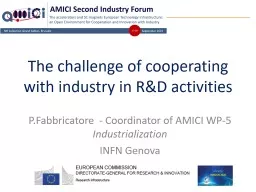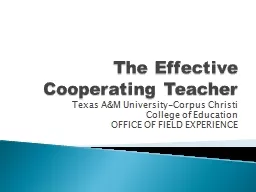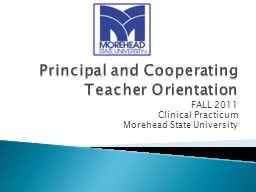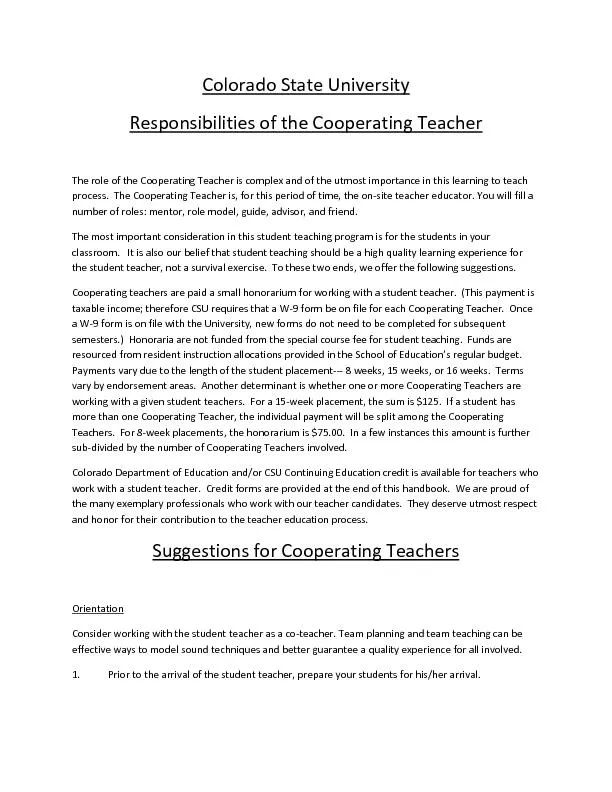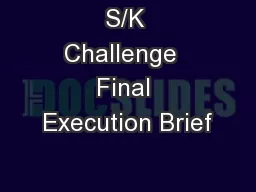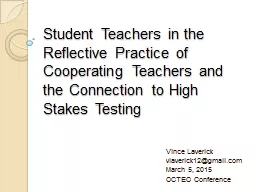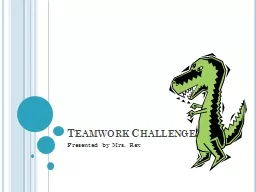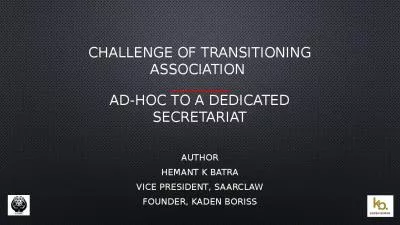PPT-The challenge of cooperating with industry in R&D activities
Author : doggcandy | Published Date : 2020-06-15
PFabbricatore Coordinator of AMICI WP5 Industrialization INFN Genova WP5 Industrialization 18092019 AMICI Second Industry Forum 2 AMICI WP5 aims to sensitize
Presentation Embed Code
Download Presentation
Download Presentation The PPT/PDF document "The challenge of cooperating with indust..." is the property of its rightful owner. Permission is granted to download and print the materials on this website for personal, non-commercial use only, and to display it on your personal computer provided you do not modify the materials and that you retain all copyright notices contained in the materials. By downloading content from our website, you accept the terms of this agreement.
The challenge of cooperating with industry in R&D activities: Transcript
Download Rules Of Document
"The challenge of cooperating with industry in R&D activities"The content belongs to its owner. You may download and print it for personal use, without modification, and keep all copyright notices. By downloading, you agree to these terms.
Related Documents

